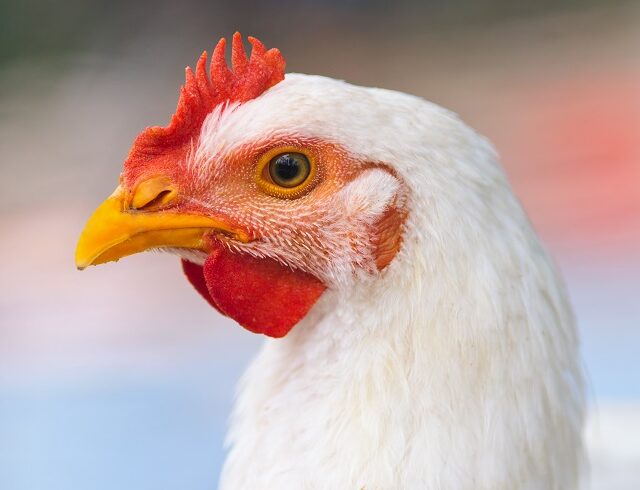Where soya is used, source responsibly, says Andrew Fothergill, National Poultry Advisor at ForFarmers
Soya today is still a very valuable protein in poultry nutrition. It is cost-effective and it delivers the growth results needed to meet the growing demand for protein in the UK and beyond. On any given day, a broiler chicken has maintenance overheads to carry, and the more growth we can achieve per day by taking advantage of these existing nutrient costs, the more efficient will be the outcome.
The economics of broiler production require growth potential to be maximised and feed nutrient density optimised to the lowest unit cost per kg of gain. To meet this objective, the ForFarmers Apollo diets is formulated to a density that delivers the lowest cost per kilo live weight return.
Responsibly sourced
Sustainable sourcing of soya is a big issue for the poultry industry. Soya will always be an important source of digestible amino acids for poultry diets but sustainability is essential so that livestock production does not contribute to deforestation.
“ForFarmers is well placed to help the livestock sector to reduce its environmental impact,” says Andrew Fothergill, National Poultry Advisor at ForFarmers. “As part of our Going Circular sustainability strategy we have set specific targets, including our commitment to use 100% responsibly sourced soya in all markets by 2025.
“By using certified soya that does not include the environmental impact of land use change (LUC) through deforestation or conversion, ForFarmers contributes to a significant lower carbon footprint on-farm.”
This approach has been applied on a large scale in the Netherlands, in which ForFarmers worked with partners to develop an innovative approach by purchasing Area Mass Balance soy certificates from Brazilian farmers, who could prove via satellite imagery that their land had not been cleared for at least 20 years. ForFarmers is extending this approach to other parts of their customer base.
“We see an increasing demand from farmers to help them calculate their environmental footprint and we can help them by linking our responsible sourcing of soy with their carbon footprint. We purchase the certificates from farmers who can prove that their land has not been deforested in the last 20 years. By using the Area Mass Balance approach we ensure that these farmers are in the same regions from which we purchase our physical soy. By doing this we not only reward them, but also contribute to a significant improvement of the carbon footprint throughout the whole supply chain.”
The alternatives
There are some interesting alternatives to soya that have passed the proof of concept stage and could be useful in providing a proportion of dietary protein in future. ForFarmers is involved in ongoing research into next generation synthetic amino acids, algae and insects, among others, alongside feeding co-products.
“Extensive trials on key synthetic amino acids show that each new one that is developed gives a 0.5 – 1% reduction in dietary soya in poultry feeds,” says Ad van Wesel, head of ForFarmers’ Nutrition Innovation Centre (NIC).
“Theoretically if all essential amino acids were available, they could enable us to deliver the ideal profile of amino acids so we would need only 11% protein in a broiler finisher diet rather than 18%. That would also help reduce ammonia emissions from litter.
Single-cell proteins (SCP) such as algae, bacteria and yeast are probably a bit closer to being fed to poultry than insects, in commodity quantities, and there are several SCP products on the market with a similar protein quality to soya. The price is still much higher but it is going down and there is also the benefit that single cell organisms can sequester CO₂.
Currently available ‘alternative’ commodity proteins such as sunflower meal, rapeseed meal and by-products are already being used by ForFarmers. However, some of these ingredients are not efficiently utilised by young animals such as broilers, and so are often better suited to sectors farming more adult birds such as the egg laying and breeding sectors and where birds are grown to older more mature ages such as turkeys. To force some of these ingredients into young animal feeds risks not only inefficient performance but also increased risk of health challenges.


